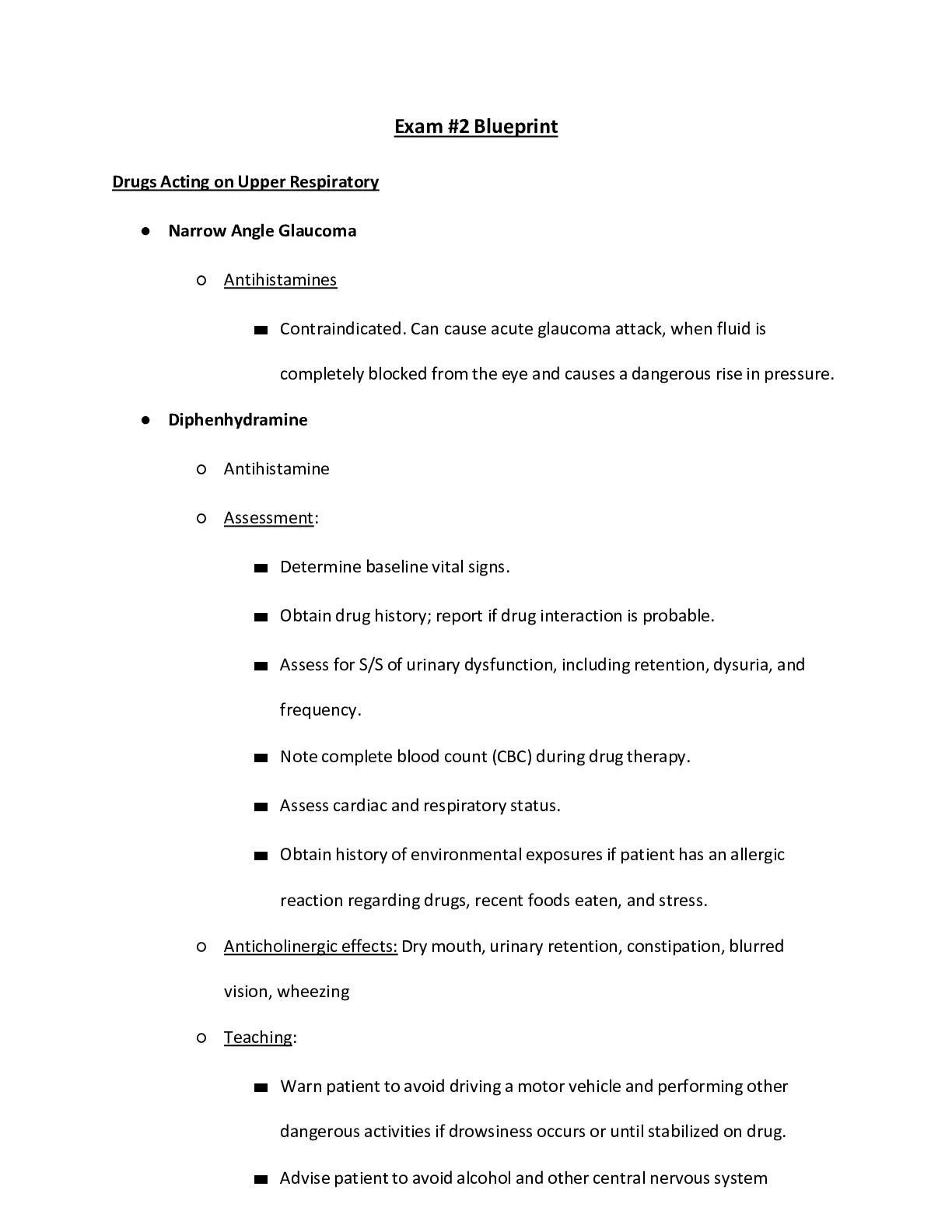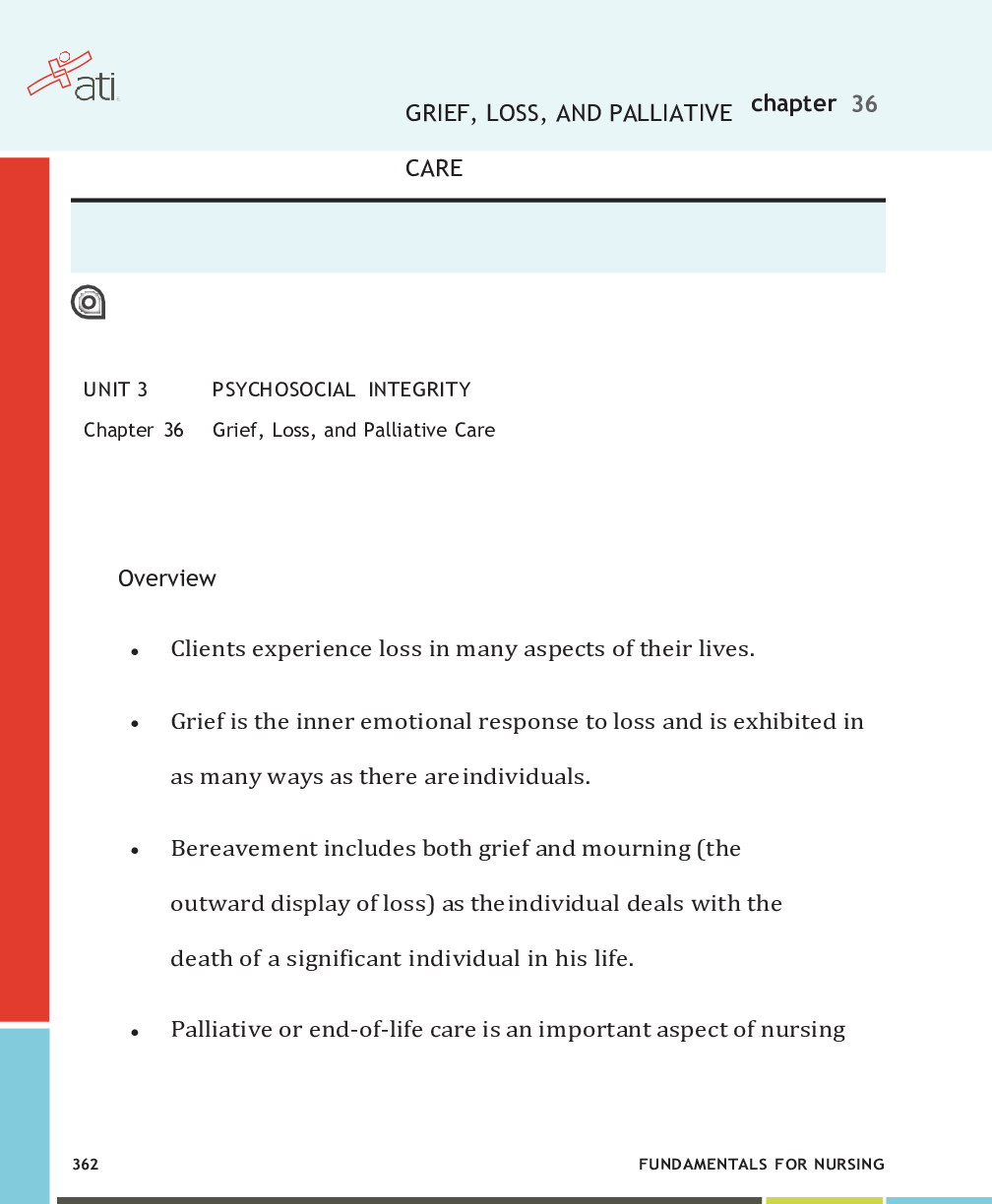Health Care > Study Notes > NSG 3100 EXAM 3 NOTES QUESTIONS AND ANSWERS (All)
NSG 3100 EXAM 3 NOTES QUESTIONS AND ANSWERS
Document Content and Description Below
Exam 3- Unit 6-8. Ch. 34 Diagnostic testing p. 718-748 Carpentino- p. 58, p. 63, p. 80, p. 152-153, 153-156, Ch. 48 Urinary Elimination p. 1174-1209 p. 157-161, p. 161-162, p. 162-164 Ch. 49 Fecal ... Elimination p. 1210-1240 Ch. 35 Medication p. 750-825 Fecal Elimination Elimination of the waste products of digestion from the body is essential to health. Feces/stool- excreted waste products. Hasutra- pouches in large intestine. Ingestion- the act of taking in food. Chyme- waste product that leaves the stomach through the small intestine and then passing through the ileocecal valve. o As much as 1,500 mL of chyme passes into the large intestine daily. Flatus- largely air and the by products of the digestion of carbohydrates. Haustral Churning- involves movement of the chyme back and forth within the haustra. Peristalsis- wavelike movement produced by the circular and longitudal muscle fibers of the intestinal walls: it propels the intestinal contents forward. Mass peristalsis- third type of colonic movement involves a wave of powerful muscular contraction that moves over large areas of the colon. Hemorrhoids- when veins become distended. Defecation- expulsion of feces from the anus and rectum. Also called a bowel movement. Individuals may use different terms for a bowel movement. The nurse may need to try several different common words before finding one the client understands. Feces o 75% of water o 25% of solid materials Factors that affect defecation o Development Newborns and infants- meconium is the first fecal material passed by the newborn within the first 24 hours after birth. Infants pass stool frequently. Toddlers- some control of defecation at 1 ½ to 2 years of age. School aged and Adolescents- have similar bowel habits to adults. Older adults- constipation problems, o Diet sufficient bulk in the diet is necessary to provide fecal volume. Inadequate intake of dietary fiber contributes to the risk od developing obesity, type 2 diabetes, coronary artery disease, and colon cancer. o Fluid intake and output Reduced fluid intake will slow the chyme’s passage along the intestines, further increasing reabsorption of fluid from the chyme. o Activity o Psychological factors People who are anxious or angry experience increased peristaltic activity. o Defecation habits o Medications NSG 3100 EXAM 3 NOTES QUESTIONS AND ANSWERS o Diagnostic procedures o Anesthesia and surgery o Pathologic conditions Spinal cord injuries and head injuries can decrease sensory stimulation for defecation. o Pain Fecal elimination problems o Constipation Insufficient fiber intake Insufficient fluid intake Insufficient activity or immobility Irregular defecation habits Change in daily routine Lack of privacy Chronic use of laxatives IBS Pelvic floor dysfunction Poor motility or slow transit Neurologic conditions Emotional disturbances Medications Habitual denial and ignoring urge o Diarrhea Passage of liquid feces and an increased frequency of defecation. o Bowel Incontinence Loss of voluntary ability to control fecal and gaseous discharges through the anal sphincter. o Flatulence Presence of excessive flatus in the intestines and leads to stretching and inflation of the intestines. Bowel Diversion Ostomies o Ostomy- opening for the GI, Urinary, or respiratory tract onto the skin. o Gastrostomy- opening through the abdominal wall into the stomach. o Jejunostomy- opens through the abdominal wall into the jejunum. o Ileostomy- opens into the colon. o Stoma- opening created in the abdominal wall by the ostomy. o Permanence Permanent colostomies are performed to provide a means of elimination when the rectum or anus is nonfunctional as a result of a birth defect or a disease such as cancer of the bowel. o Surgery to reconnect the ends of the bowel of a temporary ostomy may be called a take-down. Surgical construction of a stoma o End or terminal colostomy- created when one end of the bow is brought out through an opening on to the anterior abdominals wall. This is permanent. o Loop Colostomy- A loop of bowel is brought out onto the abdominal wall and supported by a plastic bridge or by a piece of rubber tubing. o Divided colostomy- consists of two edges of valve brought out onto the abdomen but separated from each other. o Double barreled colostomy- the proximal and distal loops of bowel are sutured together for about 10 centimeters (4 in.) and both ends are brought up on to the abdominal wall. Assessing o Vitals o Examination of abdomen, rectum, and anus o Inspecting feces o Diagnostic testing data o Pain level o Nursing history- normal pooping pattern, current or past medical problems Diagnosing o Bowel incontinence o Constipation o Risk for constipation o Perceived constipation o Diarrhea o Dysfunctional GI motility o Risk for deficient fluid volume and.or risk for electrolyte imbalance o Risk for impaired skin integrity o Situational low self-esteem o Disturbed body image o Deficient knowledge (bowel training, ostomy management) o Anxiety Planning o Maintain and restore normal bowel elimination o Maintain or regain normal stool consistency o Prevent associated risks such as fluid and electrolyte imbalance, skin breakdown, abdominal distention, and pain. o Planning for homecare Implementation o Provision of privacy Nurse should provide as much privacy as possible for patient o Timing The client and the nurse can discuss when mass peristalsis normally occurs and provide time for defecation. Nurse should encourage client to poop multiple times daily. o Nutrition and fluids For constipation, increase daily fluid intake and instruct the client to drink hot liquids, warm water with a squirt of fresh lemon, and fruit juices, especially prune juice. Include fiber in the diet. For diarrhea, encourage oral intake of fluids and bland foods. Eating small amounts can be h [Show More]
Last updated: 2 years ago
Preview 1 out of 17 pages

Buy this document to get the full access instantly
Instant Download Access after purchase
Buy NowInstant download
We Accept:

Also available in bundle (2)

GALEN NSG 3100 EXAM COMPILATION BUNDLE
GALEN NSG 3100 EXAM COMPILATION BUNDLE
By Crum 2 years ago
$26.5
8

NSG 3100 + PHM 2500 EXAM COMPILATION BUNDLE
NSG 3100 + PHM 2500 EXAM COMPILATION BUNDLE
By Crum 2 years ago
$50.5
13
Reviews( 0 )
$15.00
Can't find what you want? Try our AI powered Search
Document information
Connected school, study & course
About the document
Uploaded On
Sep 14, 2022
Number of pages
17
Written in
Additional information
This document has been written for:
Uploaded
Sep 14, 2022
Downloads
0
Views
122


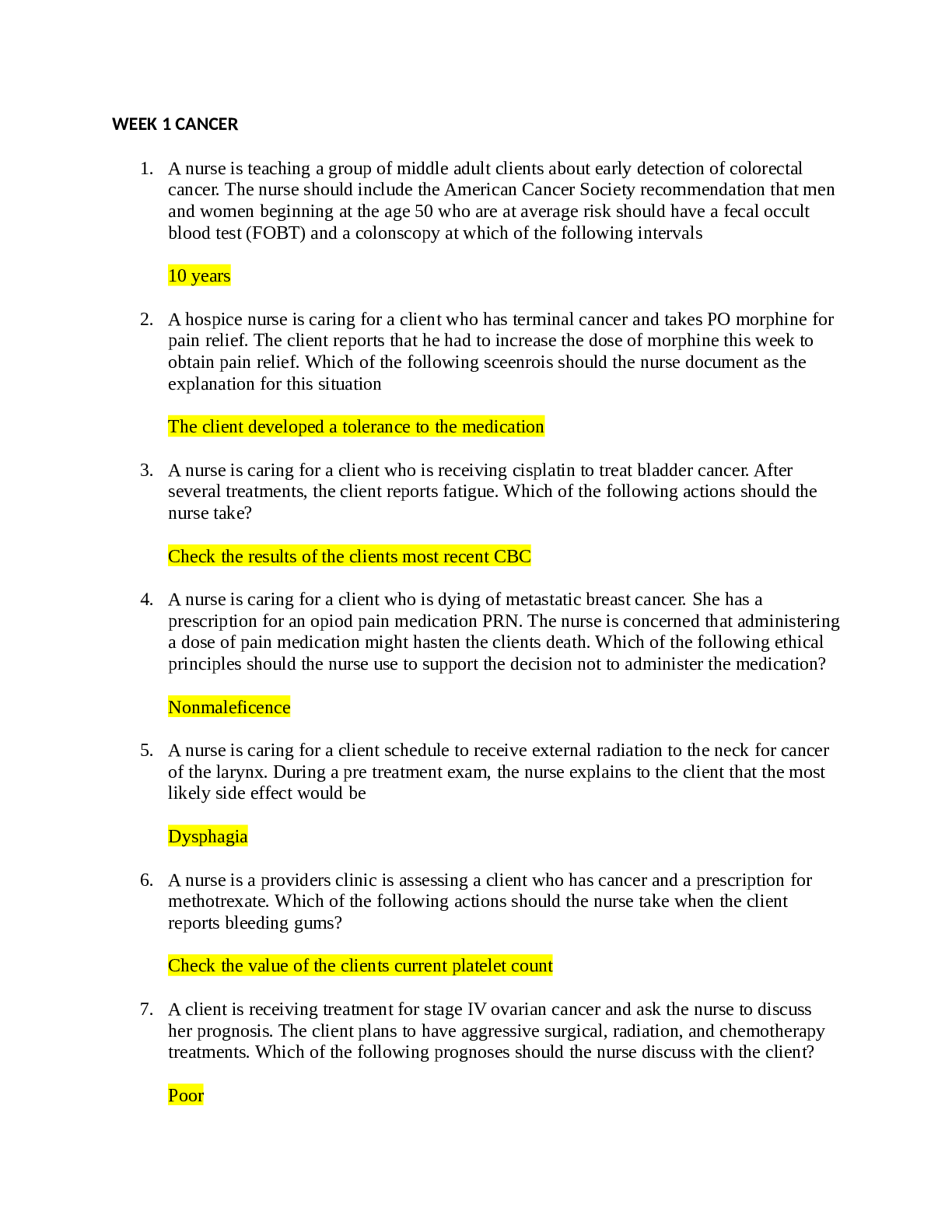

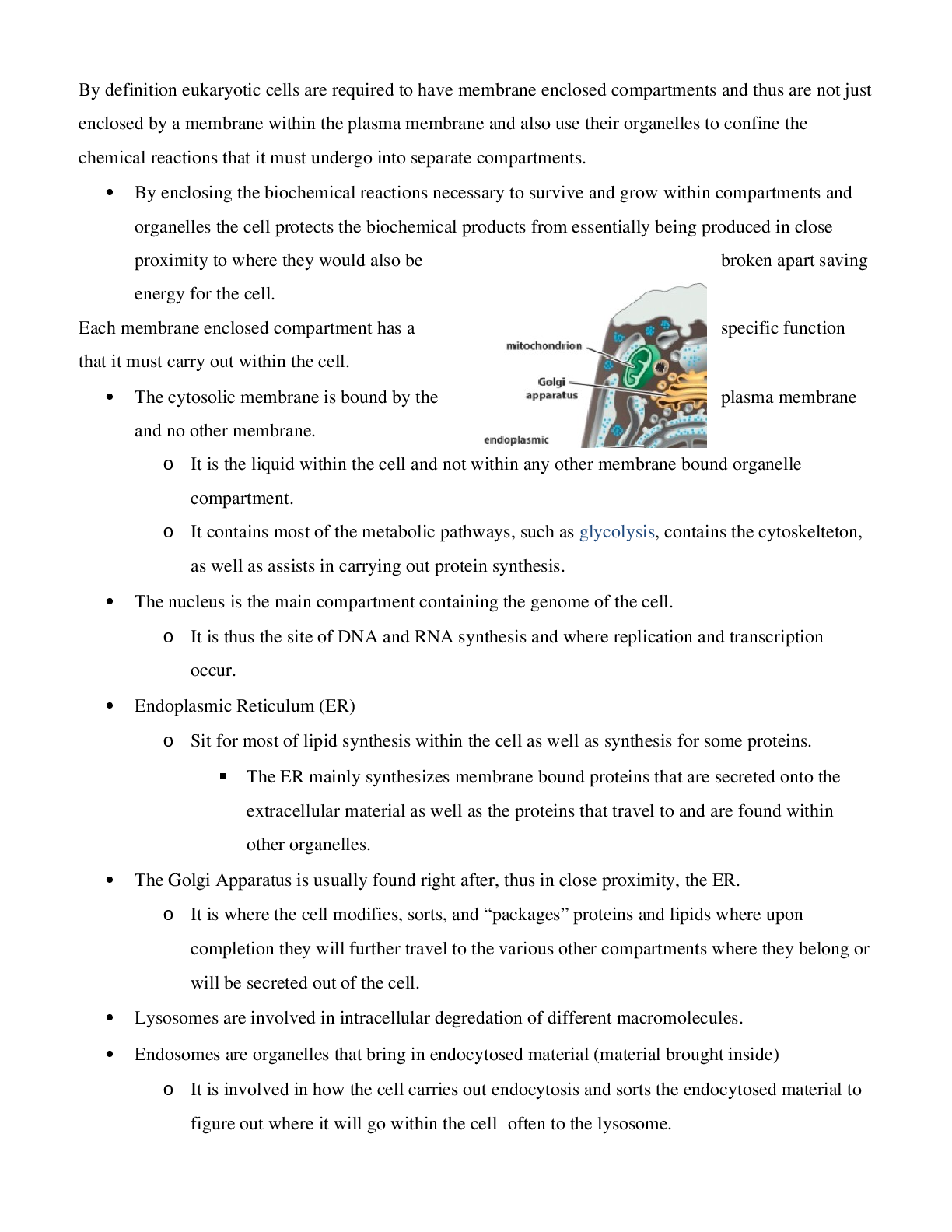

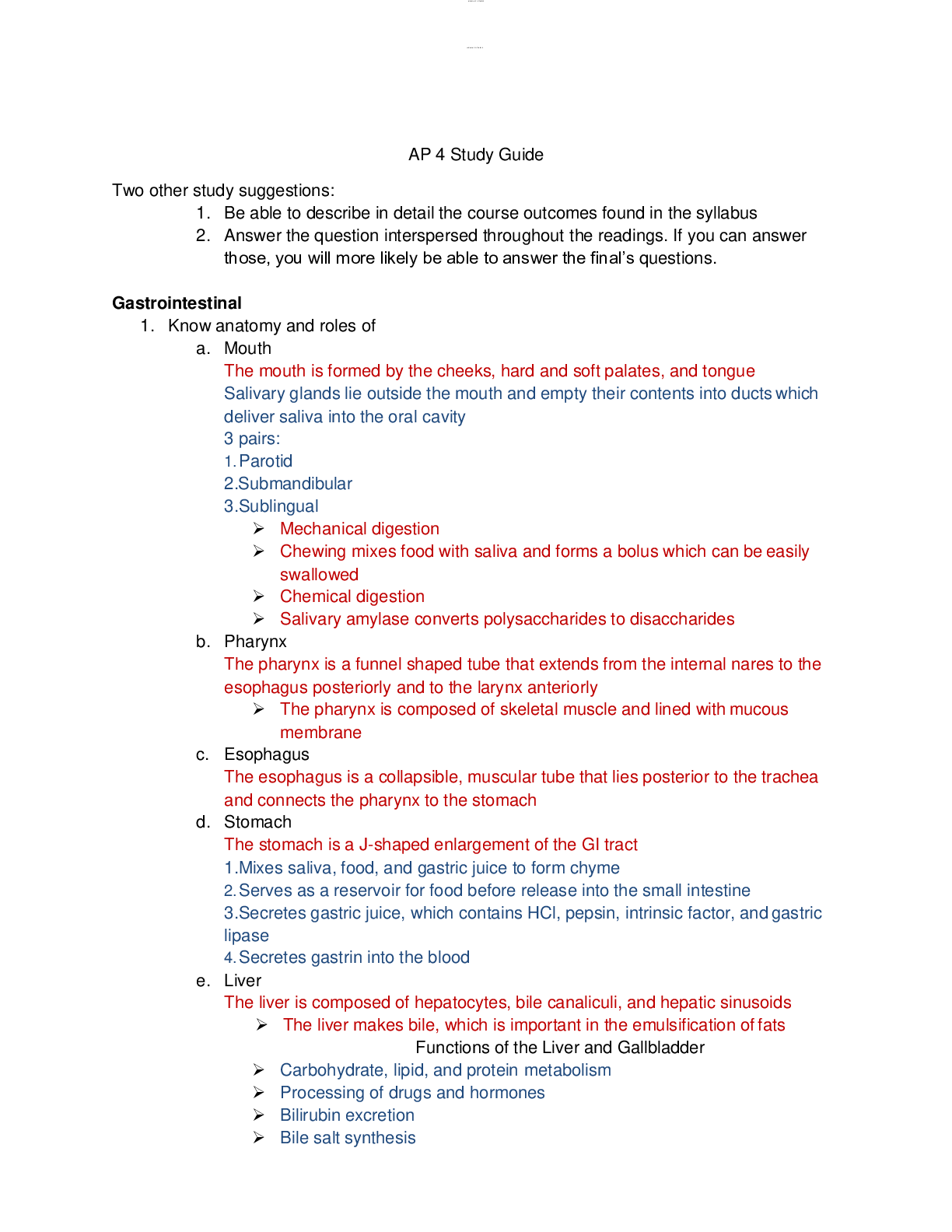
 Correct Study Guide, Download to Score A.png)
 Correct Study Guide, Download to Score A.png)
